Soil types – the ultimate guide
The real key to gardening success is understanding soil types. So get to know your soil make-up and find out how to deal with it
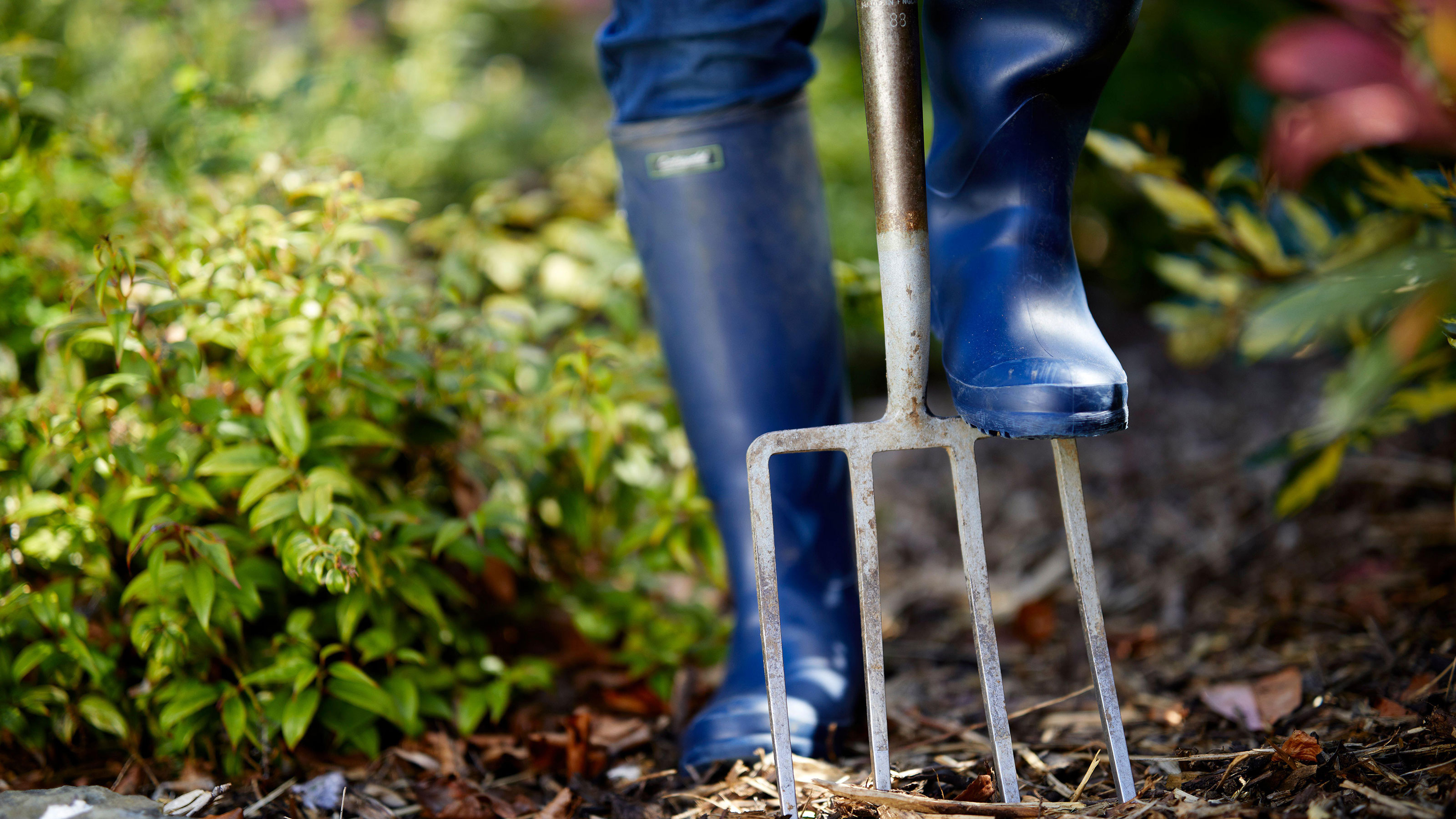

Turning your garden into a flourishing success depends on getting your head around soil types. It sounds like there could be science involved and there is – to a degree. The good news is that it's easy science.
The key is making sure you grow the right plant in the right soil. If your plants aren’t doing as well as you hoped it could be because they're not thriving in the soil type you have in your garden. Planting moisture-loving crops in dry soils, for example, will lead to poor results and less than happy plants.
Types of soil are classified according to the color of the soil, the size of the particles, the amount of organic material, and the amount and type of mineral in the soil. The percentage of sand, silt, and clay it contains is also important. For most gardeners, the term soil is used to refer to the top 40cm of the ground into which you plant.
You will also need to do a pH test to determine the acid or alkaline ratio of your soil to get a complete picture of its make-up.
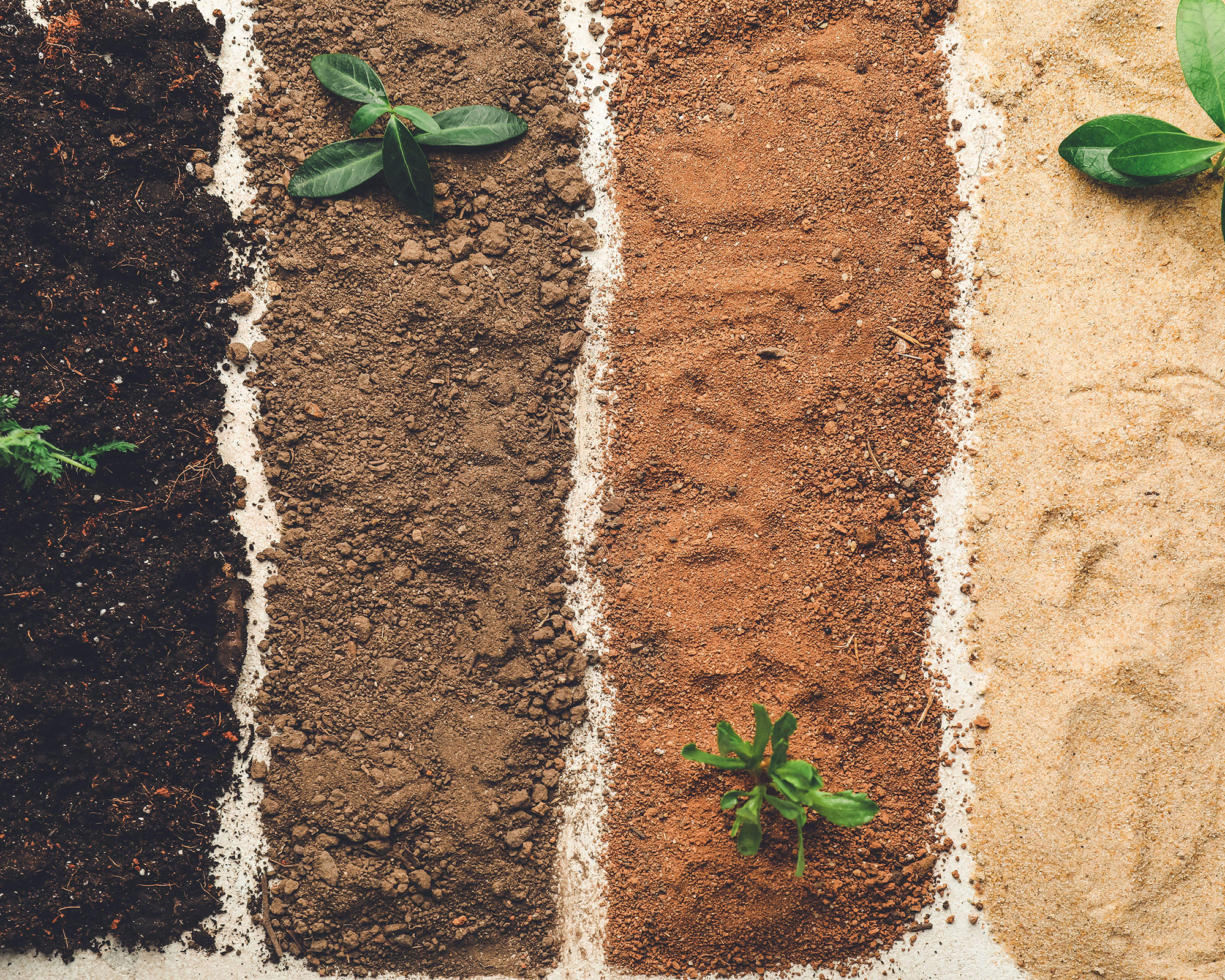
What are the main types of soil?
There are a mix of soil and it depends very much on geography and where you live but they can be categorised into main groups.
In the US there are three main types of soil: sand, silt and clay, with multiple subdivisions of these along the lines of ‘sandy clay loam’, ‘silty clay’ and so on.
In the UK there are four main types of soil: clay, sandy, chalky and loamy, as well as less common silty and peaty soils.
Design expertise in your inbox – from inspiring decorating ideas and beautiful celebrity homes to practical gardening advice and shopping round-ups.
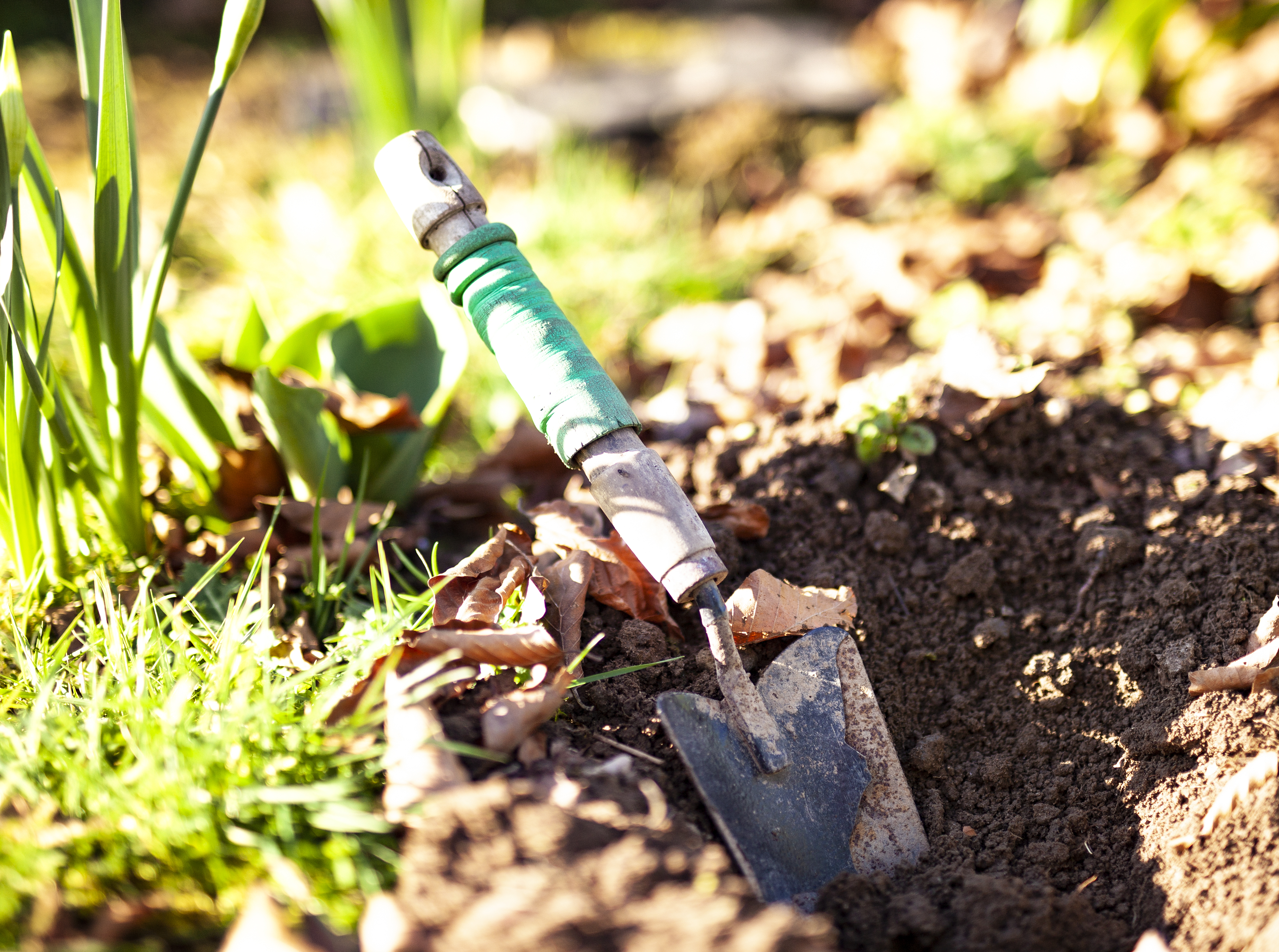
How do you find out soil types?
There are several ways to check soil types. Often the easiest way is to simply look at the soil and it will be obvious, particularly if it's sandy or clay.
Alternatively dig some up and handle it to see what it feels like. Another way is to check in with your local gardening group, who should be able to throw some light.
Or try this easy ‘mudshake’ test, which will soon tell you what type of soil you have if you're still not sure.
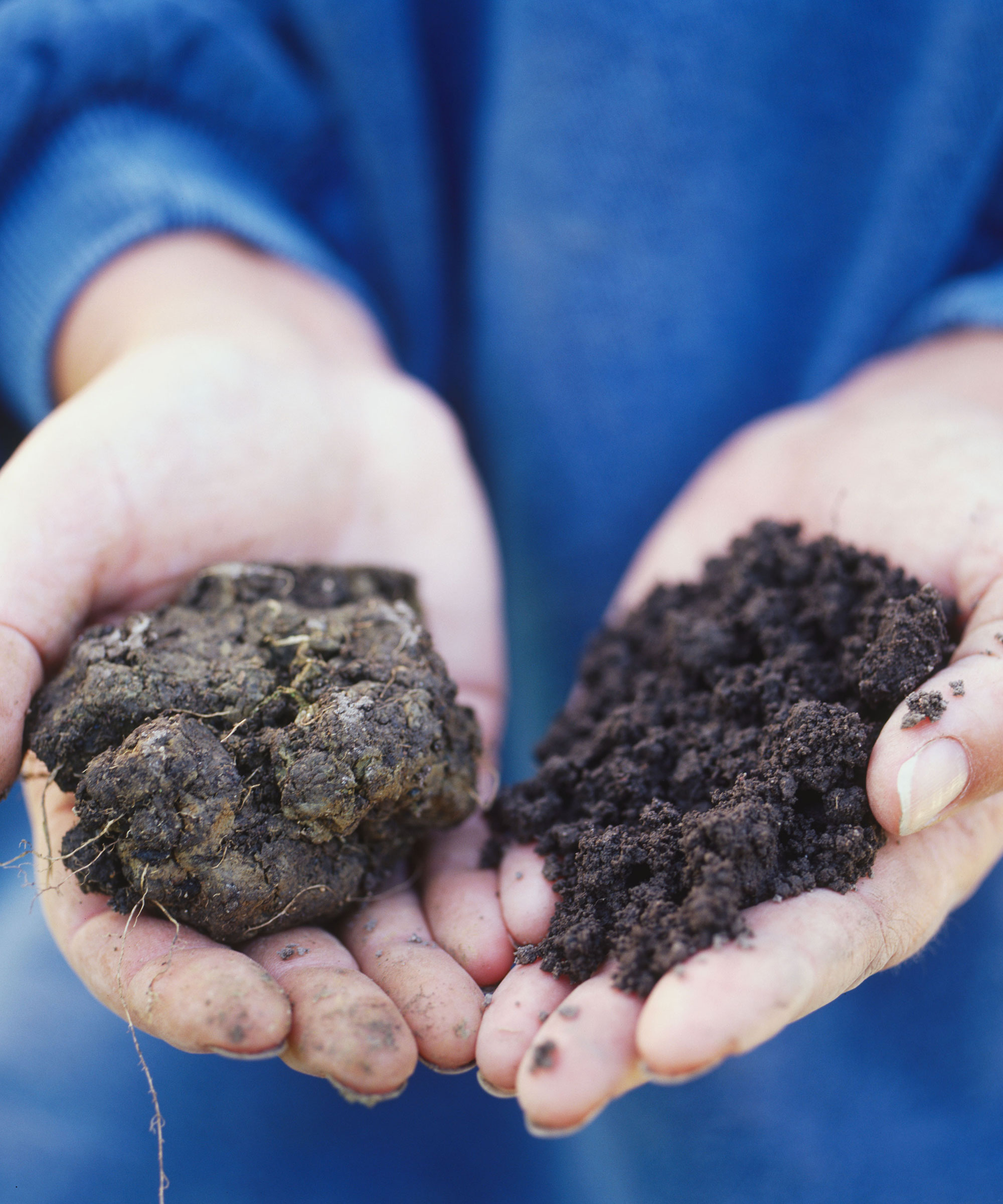
How to do the 'mud shake' test
Fill a clear jar two-thirds fulls of water, then add your garden soil to fill it to the top. Shake well to agitate the soil and water then leave to settle for a couple of days without disturbing it.
As the particles settle into layers you might see the heavier particles of sand settle at the bottom, for example, while organic matter floats near the top.
Clay and silty soils show up as cloudy water with a layer of particles at the bottom.
Sandy soils leave the water clear with most of the particles forming a layer at the bottom.
Peaty soils result in particles floating on the surface and the water is slightly cloudy with a thin layer at the bottom.
Chalky soils leave a layer of white fragments that look like grit on the bottom and the water turns pale grey.
Loamy soils are indicated if the water is generally clear with layered particles on the bottom with the finest particles at the top.
Now you know your soil type all you have to do is check if you need to make any improvements to it then choose the plants which thrive in those conditions.
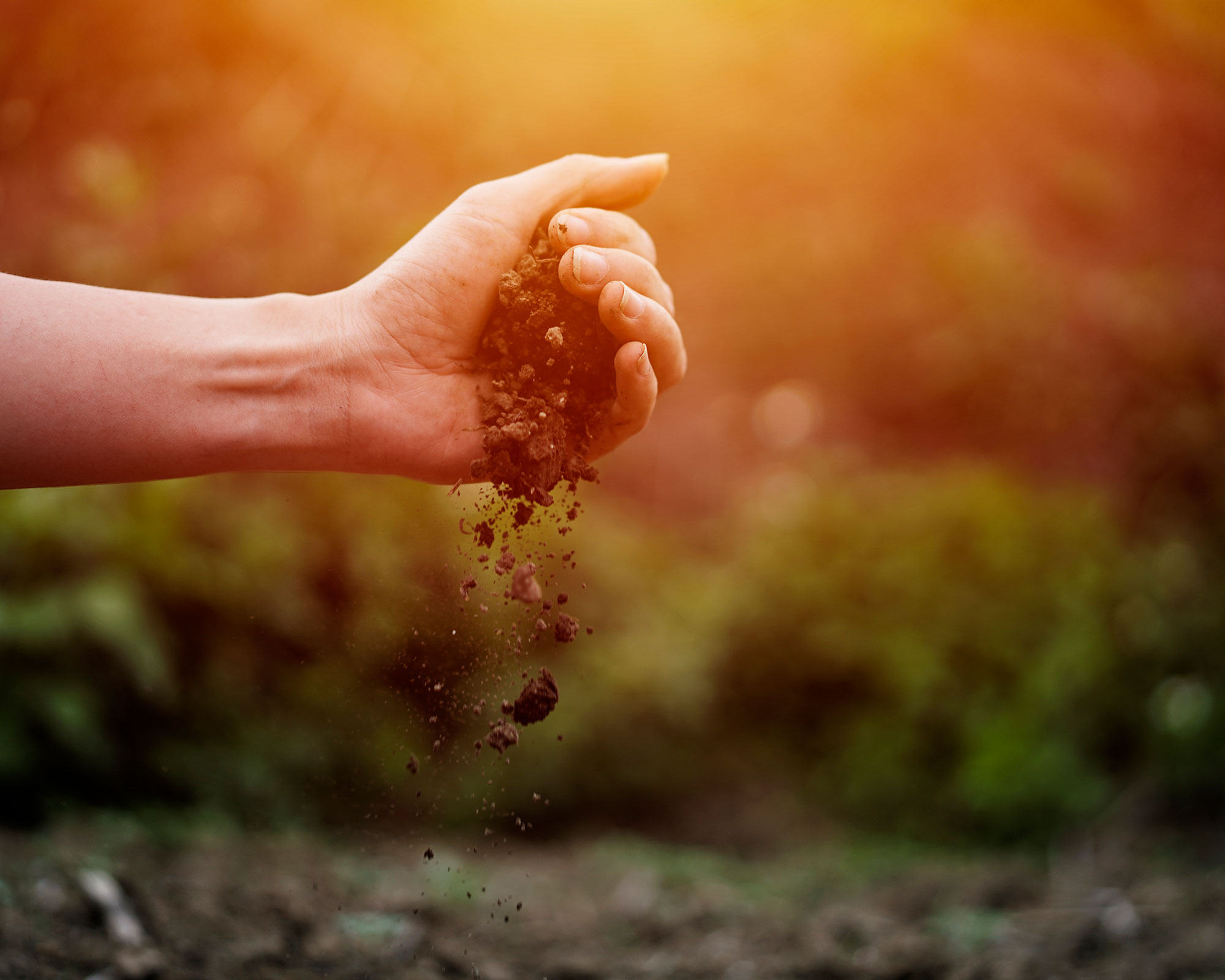
How do you improve soil types?
All soil types benefit from being improved, whatever their make-up. Here's what you need to know:
- Feed your soil like you feed your plants and make sure it has enough key nutrients (like nitrogen, phosphorus and potassium) by adding fertilisers.
- Add more nutrients to improve its texture, such as compost, manure, or other organic matter.
- Renew your soil with ‘green manure’ crops such as legumes, clover and buckwheat, all of which add nitrogen to the soil for aeration, drainage and texture.
- Add living organisms when possible like worms, the mycorrhizal fungi, and other beneficial insects to help speed up composting and spread the nutrients throughout the soil.
- Aerate clay soil, which is rich and heavy and benefits from aeration and the addition of organic material to improve its soil structure.
- Add bulky organic matter to chalky soil to improve it as a growing medium.
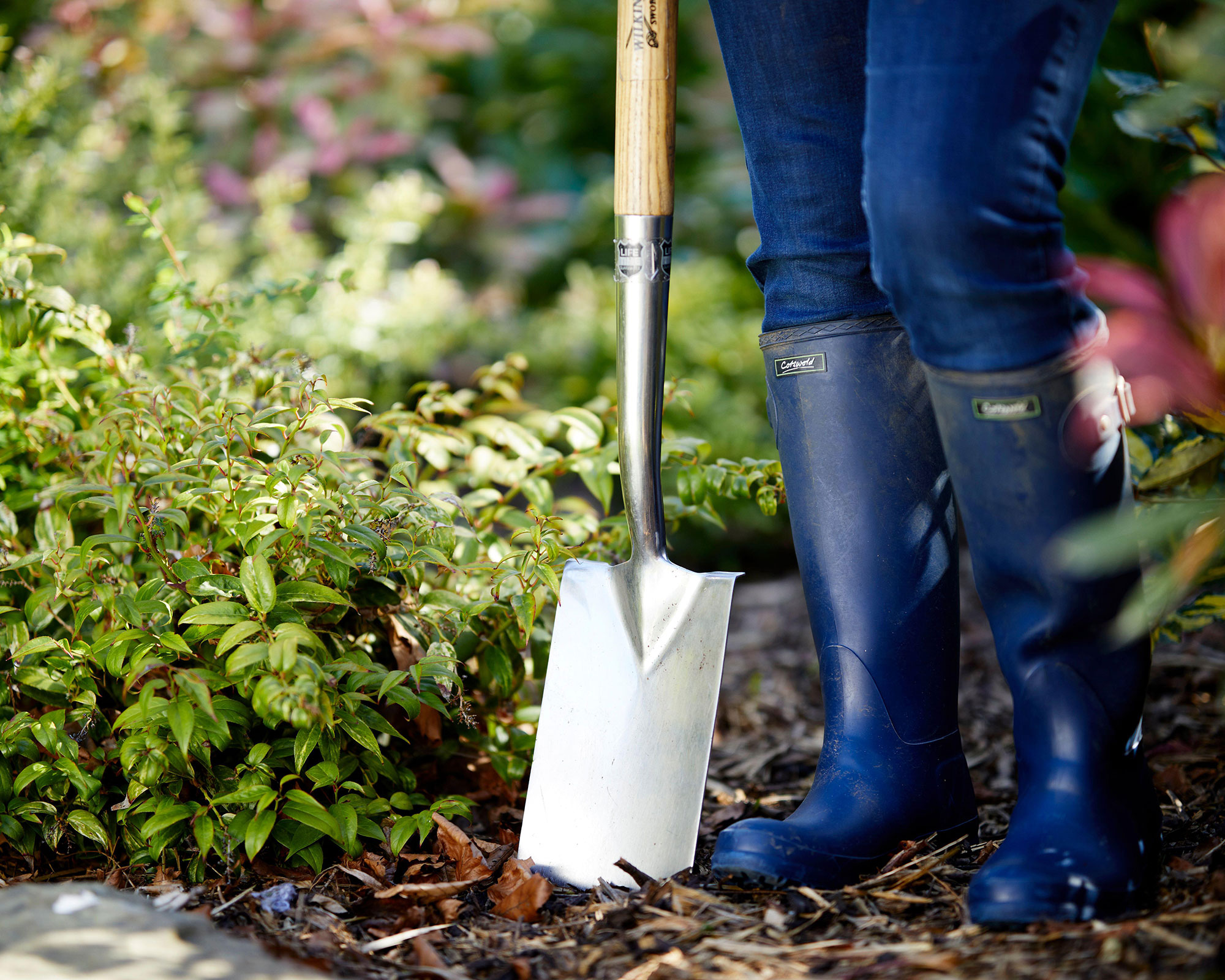
The 6 most common soil types
1. Clay soil
Clay soil is lumpy and sticky when wet and rock hard when dry, which makes it hard to cultivate. It drains very slowly but if the drainage is improved plants will thrive as clay soil can be rich in nutrients. The soil warms up slowly in spring and digging is heavy-going to prepare the ground for plants.
How can I improve clay soil?
In fall, fork in plenty of bulky organic matter such as well-rotted farmyard manure or garden compost to make the soil more workable.
If you dig your plot in fall leave the soil in heavy clods. The alternative freezing and thawing of winter weather helps to break down the structure of clay soil to make it more friable, so if you leave heavy clods the frost has a bigger area to work on
Most clay soil is acidic. Check your soil with a test kit and if it is acidic apply lime to neutralize the acidity and encourage beneficial bacteria, as well as making the soil more crumbly to improve drainage.
Composted seaweed and calcified seaweed conditioners also help to open up clay soil and improve drainage.
What plants thrive in clay soil?
Potatoes help to break up heavy clay soil and thrive because they don’t need fine soil to do well. Summer vegetables such as beans, peas and cabbages can be high yielding too if planted in clay soil.
Most soft fruits do well, as do fruit trees such as apples, pears and plums, as well as ornamental trees and shrubs.
Roses thrive on clay too, as the heavy soil anchors their roots, the soil is moisture retentive (which they like) and also rich in potash that feeds them. Black-eyed Susan and golden rod will also thrive.
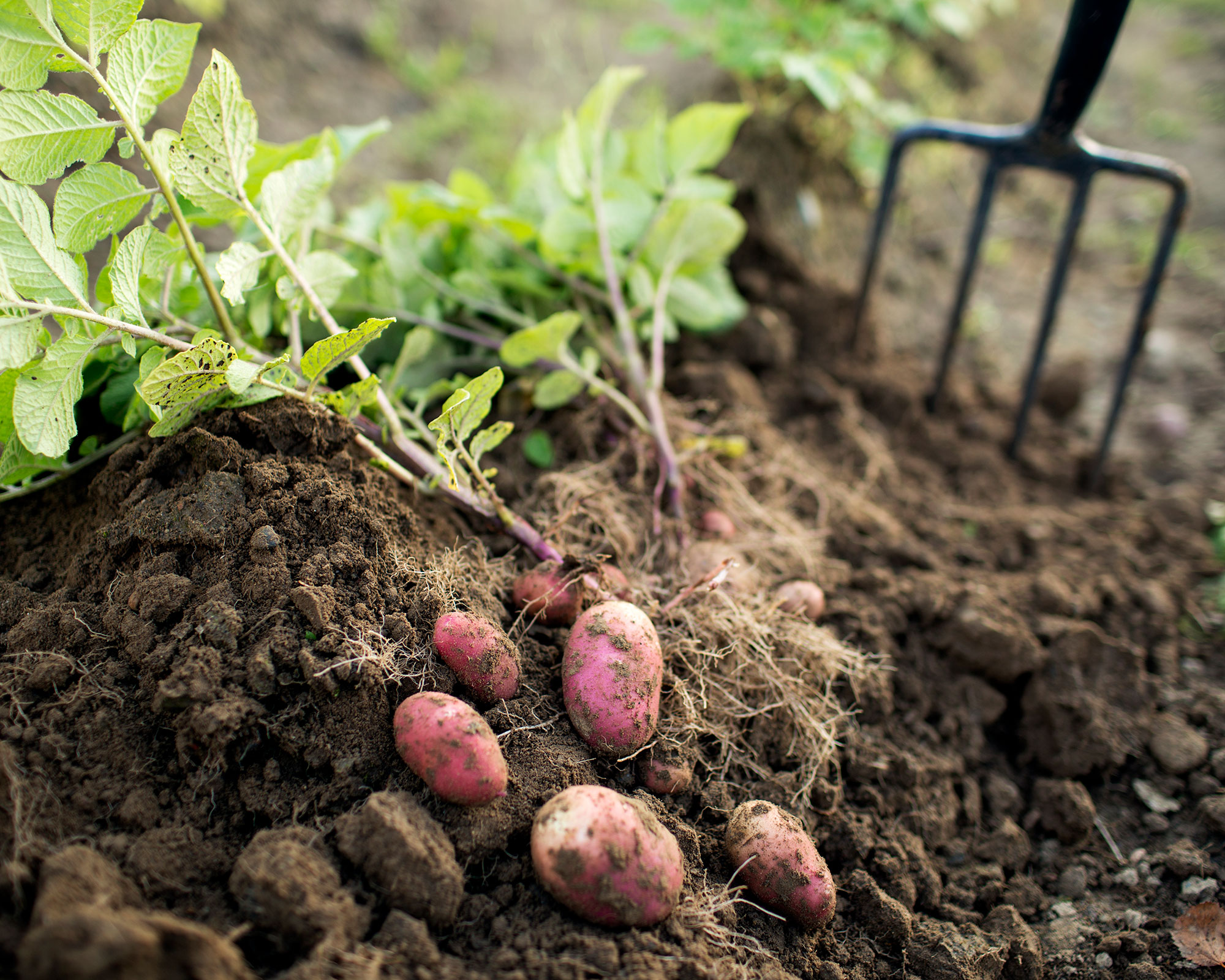
2. Sandy soil
Sandy soil feels gritty and is open textured, which means it acts like a sieve. It drains easily, dries out fast and is easy to cultivate. Sandy soil warms up rapidly in spring but tends to hold fewer nutrients as these are often washed away during wet spells.
How can I improve sandy soil?
It will always need more fertiliser than heavier soils. This is because however much you improve it the goodness tends to leach away.
Dig in plenty of bulky organic matter such as well rotted farmyard manure or garden compost. This will help to make your soil more sponge-like to stop water evaporating away. You can also try mulching to help keep moisture in the soil during hot spells.
Grow groundcover plants to help retain moisture. Their roots will help to stabilise the soil and trap moisture.
Don’t dig over your soil until spring. Fall digging followed by frosts tends to break up sandy soils even more.
What plants thrive in sandy soil?
There are lots of sandy soil loving plants so take your pick. When gardening on sandy soil choose plants with labels indicating that they will be happy in dry, infertile soils.
Shrubs and climbers such as bamboo, buddleia, daphne, hebe and mahonia will do well.
Flowers and herbs such as heather, lavender, rosemary and sage, wormwood and blanket flower like sandy soil.
Vegetable root crops like carrots, parsnips and potatoes thrive in sandy soil.

3. Silty soil
This type of soil is fertile and usually very rich in nutrients. It’s moisture retentive, feels light and is easily compacted.
Silty soil is easily cultivated and is a real asset to your garden as long as drainage is managed carefully.
How can I improve silty soil?
Mixing in composted organic matter is usually needed to improve drainage, while at the same time adding beneficial nutrients. It also helps to bind the soil particles together to create a better structure.
Silty soil is made up of fine particles that can be easily compacted by treading on the surface.
This type of soil is prone to being washed away by rainfall and eroded by the wind if on an exposed site and not planted. So make sure you don't leave bare areas of soil.
What plants thrive in silt soil?
Shrubs, climbers, grasses and perennials such as mahonia, irises and New Zealand flax like this growing medium.
Moisture-loving trees such as willow, birch, dogwood and cypress do well in silty soils.
Most vegetable and fruit crops thrive in silty soils as long as there is adequate drainage.
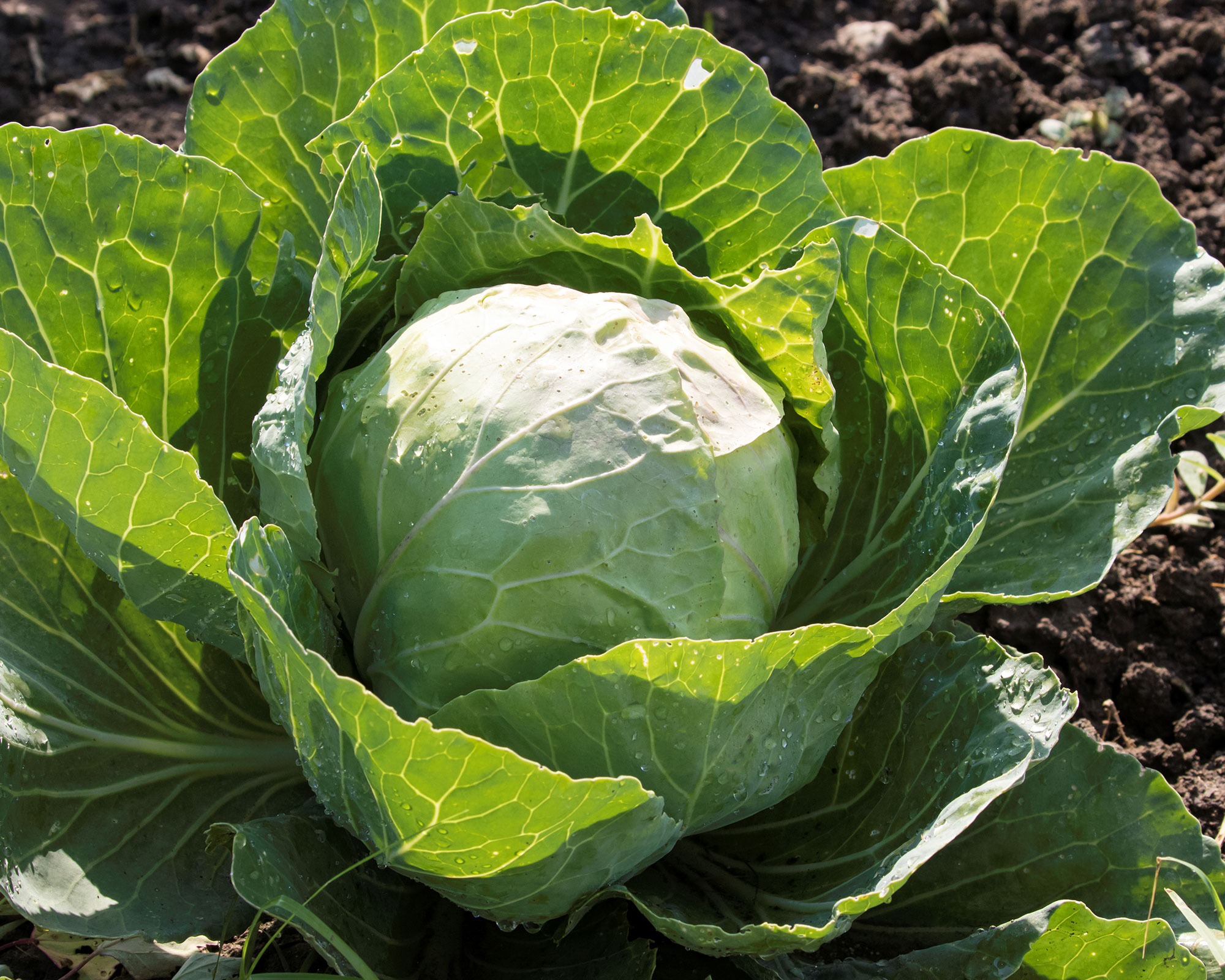
4. Peaty soil
Peat soils are very high in organic matter as they're mainly composed of it. This means they're very fertile. They also hold a lot of moisture. It's quite rare to find peat soils in gardens though.
Peaty soil is darker and feels damp and spongy due to its higher levels of peat. It’s an acidic soil, which means it has fewer nutrients. The soil heats up quickly during spring.
How can I improve peat soil?
Peat soil is great for growing plants when blended with rich organic matter, compost and lime to reduce the acidity. You can also use soil amendments such as the natural fertiliser glacial rock dust if your soil is acidic.
What plants thrive in peat soil?
Shrubs such as heather, camellia and rhododendron do well.
Vegetable crops such as brassicas, legumes, root crops and salad crops all thrive in well-drained peaty soils.
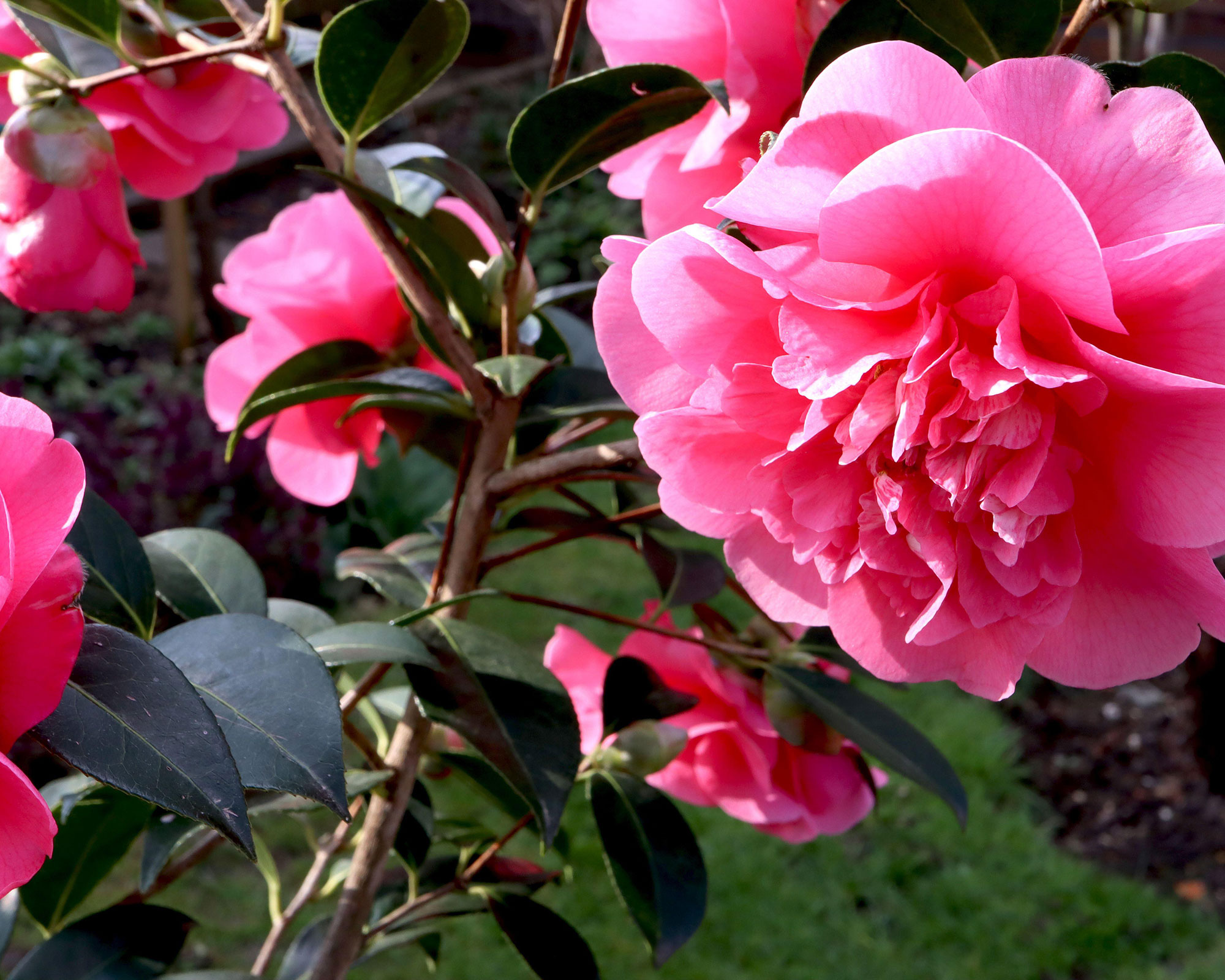
Camellias such as this 'Anticipation' variety thrive in peat soil
5. Chalky soil
Chalky soils are often shallow and free-draining. They tend to be larger grained and generally stonier compared to other soils.
If there is also clay present in the mix, nutrient levels may be higher and the soil will have a greater water holding capacity. Chalky soil is alkaline, and may be light or heavy.
Added organic matter can decompose rapidly, making them difficult to keep fertile.
How can I improve chalky soil?
Dig in plenty of organic matter to help improve moisture retention and goodness in the soil, which can leach out quickly. Make sure you do this regularly to keep soil fertility high.
In some cases it may be necessary to break up the sub-soil to get sufficient moisture to plant roots. Break up the chalk to a depth of 75cm so that plant roots can spread out and get better established.
Mulch plants with organic matter to help conserve moisture levels.
Crimson clover and vetch can be grown to help fix nitrogen in the soil if you’re growing vegetables.
What plants thrive in chalky soil?
Many shrubs, climbers and herbaceous perennials thrive in chalky soil. The best ones to choose include clematis, geranium, dianthus, campanula and lavender.

6. Loamy soil
This is one of the best soil types for gardeners. It’s made up of a balanced mixture of clay, sand and silt that avoids the extremes of clay or sandy soils. As a result it’s fertile, well-drained and easy to cultivate. It feels fine textured and slightly damp, a perfect balance.
Loam warms up quickly in spring, but doesn’t dry out quickly in summer, which is ideal. It tends to be acidic.
How can I improve loamy soil?
Even though loam soils are full of nutrients it’s still important to add organic matter regularly. Rotating crops, planting green manure crops, using mulches and adding compost and organic nutrients are all essential to help retain soil vitality.
What crops thrive in loamy soil?
You are spoiled for choice. Climbers, bamboos, perennials and shrubs all do well.
Most vegetable crops and berry crops thrive since loamy soil is usually the most productive of all soil types.
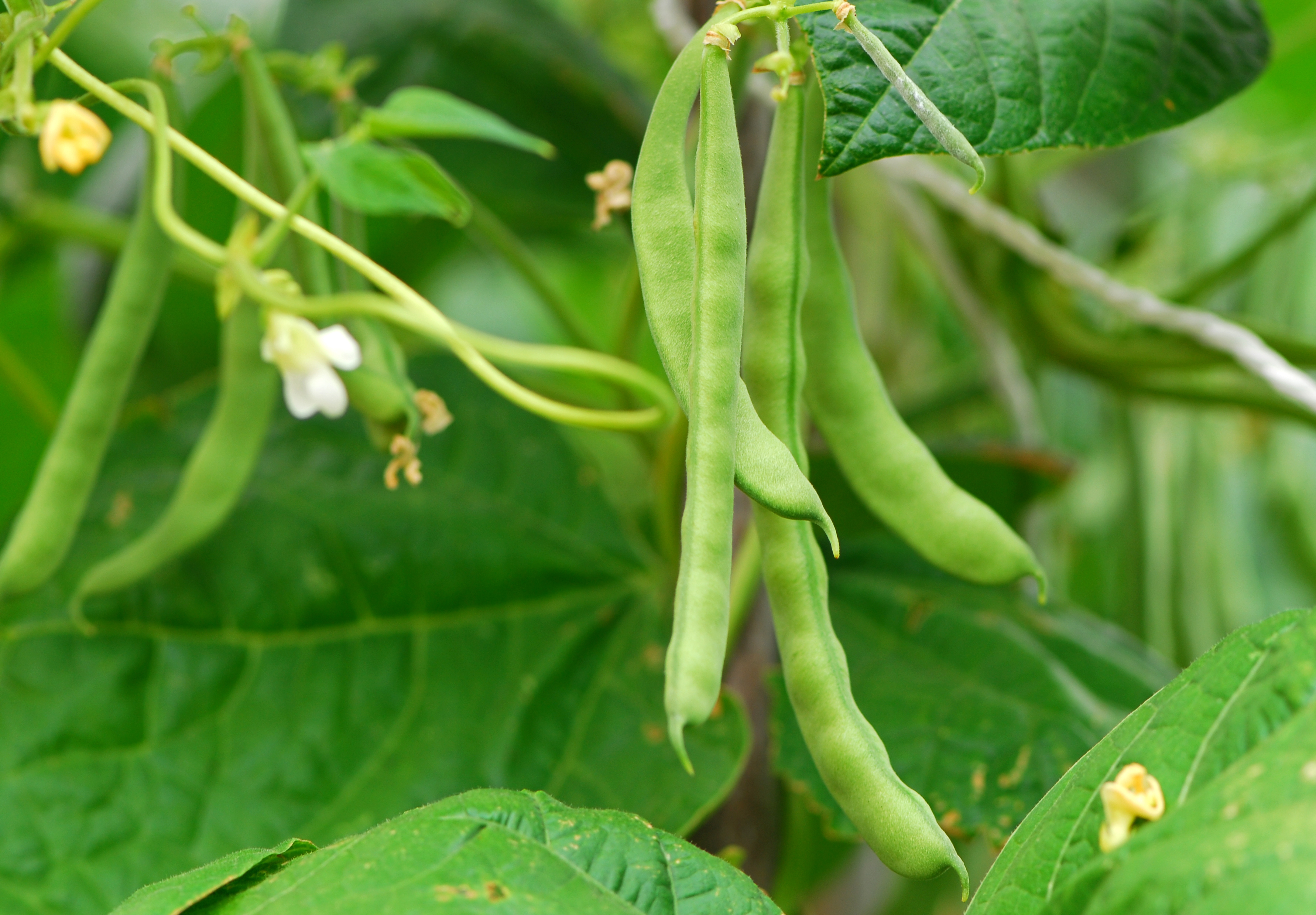

Lifestyle journalist Sarah Wilson writes about garden design and landscaping trends for Homes & Gardens. She has studied introductory garden and landscape design, and also has an RHS Level 2 qualification in the Principles of Plant Growth and Development. She is a regular contributor to Homes & Gardens and Livingetc. She has also written for Country Living, Country Homes & Interiors, and Modern Gardens magazines